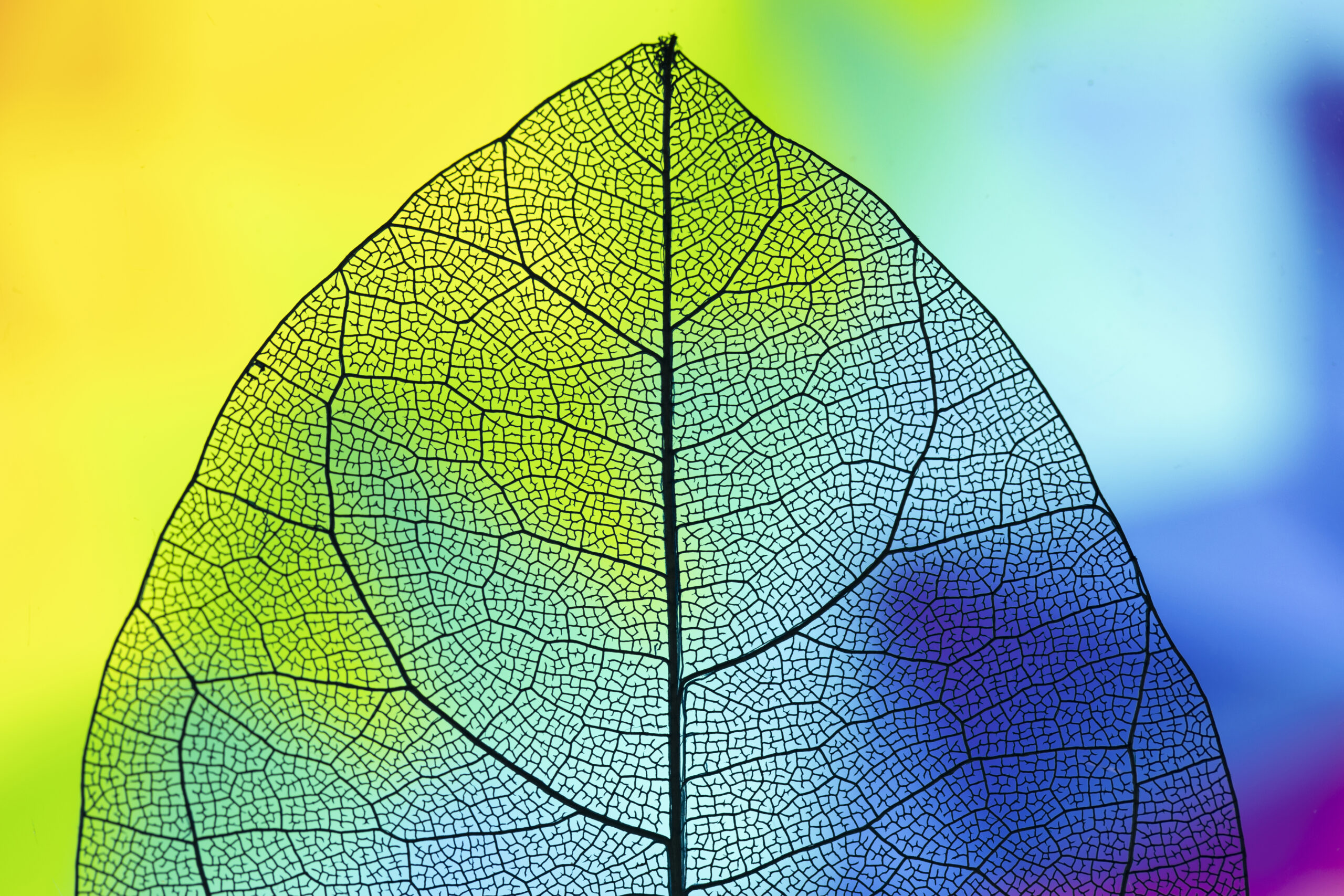Research data can come from many different subject areas. A special category of this is 3D data in the field of cultural heritage. Example items could be archaeological artefacts, ethnological objects, sculptures and plastics, arts and crafts, or even architecture. So working with 3D data requires also special metadata and metadata standards. In addition, a visual representation of 3D data poses special challenges for data repositories.
Many scientists and information experts around the world are working on the aspect of 3D data. One example of this are the experts who have come together in the 3D Data Preservation (CS3DP) community. They want to build community knowledge, where little available guidance to the preservation of 3D digital objects is missing.
Another community worth mentioning is IIIF 3D Group. This working group of the International Image Interoperability Framework provides an opportunity for institutions on 3D data. The members regularly exchange information with each other, with a particular focus on 3D data interoperability. They also collect user stories to represent the different challenges.
In the NFDI4Culture the aspect of 3D research data are also part of work. The Task Area 1 “Data capture and enrichment of digital cultural assets” will also focus on the 3D representations. They intend to ensure the uniform quality levels of 2D and 3D data.
What to consider?
As a first introduction to working with 3D data, the document “3D content in Europeana task force” is highly recommended. There are 3D workflows for institutions that can also be of interest to scientists in their work. An example are the Share3D project or GLAM 3D. The digitisation, the metadata and the provision of the data are of paramount importance for 3D research data. For this, a helpful starting point are the “Basic principles and tips for 3D digitisation of cultural heritage” which was developed by the DCHE Expert Group of the European Commission.
Repositories
A visual representation of 3D data poses particular challenges for data repositories. Rarely will this data be read out in the common repositories and immediately visible to the user in the browser as a visible 3D model. If there is a need for a published research dataset to be directly available as a visual impression, then we recommend special repositories. There are data repositories that are particularly specialised in these skills. CS3DP gives a list of repositories that may be considered for this purpose.
Support
As always, if you have a specific question about this topic or any other RDM issue, please feel free to contact our RDM support team.
Further Reading
Simon Chane, C., Mansouri, A., Marzani, F. S., & Boochs, F. (2013). Integration of 3D and multispectral data for cultural heritage applications: Survey and perspectives. Image and Vision Computing, 31(1), 91–102. https://doi.org/10.1016/j.imavis.2012.10.006.
Champion, E., & Rahaman, H. (2020): Survey of 3D digital heritage repositories and platforms. Virtual Archaeology Review, 11(23), 1. https://doi.org/10.4995/var.2020.13226.
European Commission. (2021). Basic principles and tips for 3D digitisation of cultural heritage. https://digital-strategy.ec.europa.eu/en/library/basic-principles-and-tips-3d-digitisation-cultural-heritage.
Hudson-Vitale, C. (2021): Accelerating Standards for 3D Data to Improve Long-Term Usability. Association of Research Libraries. https://www.arl.org/blog/accelerating-standards-for-3d-data-to-improve-long-term-usability/.
Kate Fernie (Ed.). (2020). 3D content in Europeana task force. https://pro.europeana.eu/files/Europeana_Professional/Europeana_Network/Europeana_Network_Task_Forces/Final_reports/3D-TF-final%20report.pdf.
Molloy, B., & Milić, M. (2018): Wonderful Things? A Consideration of 3D Modelling of Objects in Material Culture Research. Open Archaeology, 4(1), 97–113. https://doi.org/10.1515/opar-2018-0006.

